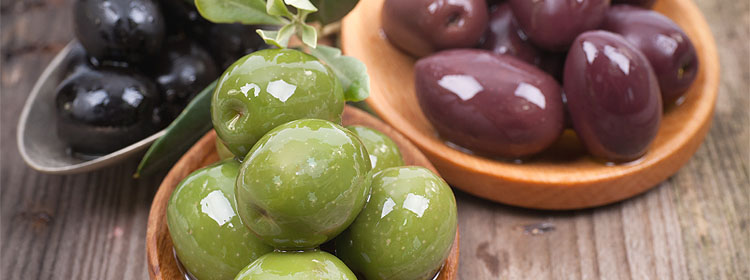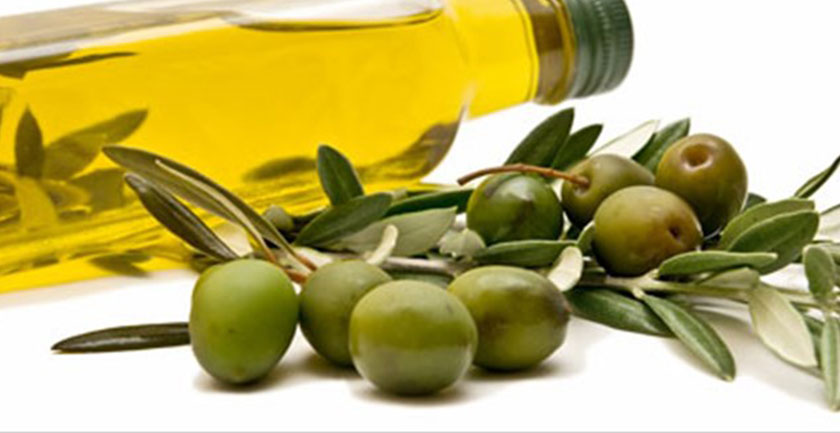POLYPHENOLS
Polyphenols are a type of antioxidants present in plant-based foods such as cranberries, grapes, olives, walnuts, and other healthy foods, confer significant health benefits. These benefits include protection against Alzheimer’s disease and other memory problems and protection against cancer via DNA protection. Other benefits include shortened recovery time for colds, flu and other viral infections, and better physical appearance via better skin appearance.
In humans, polyphenols act as antioxidants, helping to eliminate free radicals from the body. Free radicals are volatile molecules that damage cells, causing them to age. The name for this process is oxidative stress. Polyphenols and other antioxidants slow the rate of oxidative stress by stabilizing free radical molecules, turning them into harmless waste byproducts.
Polyphenols may also be able to help with cancer protection. The afore-mentioned free radicals, in addition to damaging the brain, can also cause harm to the DNA contained within all body cells. Sometimes, this causes damage to the DNA codes that control cell replication and cellular lifespan. When this happens, cells can start multiplying out of control, forming masses that eventually form cancerous tumors. Polyphenols can help lower cancer risk by deactivating free radicals, thus preventing DNA damage.
Today, more than 4,000 types of polyphenols have been identified in nature. They can be classified into two broad categories: flavonoids and nonflavonoids. Flavonoids include anthocyanins, a pigment in brightly colored fruit, catechins, abundant in cocoa and tea, and flavanones, found primarily in citrus fruits. The major nonflavonoids are ellagic acid, found in berries, nuts, and pomegranate, and coumarins, a mild toxin that occurs in certain legumes and grasses.
A number of studies indicate that this reduction in oxidative stress can lower the risk of developing degenerative diseases. A South Korean study published in the March 2008 "Journal of Food Science" shows that a diet high in polyphenol-rich fruit cuts the odds of developing neurodegenerative disorders like Alzheimer's disease. In addition, a French study released in the November 2007 "FASEB Journal" indicates that high doses of polyphenolic compounds from red wine are beneficial in preventing cancer. At low doses the French researchers found that these same compounds were helpful in preventing and treating ischemic heart disease.
Other Polyphenols Benefits:
- Most of the polyphenols are antioxidants, and being antioxidants they can neutralize the highly reactive free radicals and minimize their damaging effect on the body cells and tissues.
- Free radicals are often blamed for causing cellular damage, which is associated with aging. So being powerful antioxidants, they can slow down the process of aging.
- They can also invigorate the immune system. A strong immune system is a must for maintaining good health, and keeping infections and diseases at bay.
- They can improve circulation of blood and boost heart health, which can lower the risk for heart and cardiovascular diseases.
- Certain polyphenols like, resveratrol have been found to exhibit anti-tumor activities. Such polyphenols may be able to inhibit the growth of cancerous tumors in the body.
- Some polyphenols found in raspberries have been found to slow down bone loss. Bone loss is the major factor that leads to osteoporosis.
- The polyphenol, catechin found in green tea may help to lose weight. The compound may stimulate the body to burn more fat and calories.
- The isoflavone, another class of polyphenols, found largely in soy and soy products can help women to cope with menopause symptoms, especially hot flashes and bone loss.

Olive fruit polyphenols
The Mediterranean diet has been well-documented in studies to help reduce the risk of cardiovascular disease, and one of the primary foods recommended is olive oil. Olive oil, derived from the olive fruit, contains many antioxidants, including one known as hydroxytyrosol which has now been approved to carry a “heart health” claim by the European Food Safety Authority (EFSA).
The EFSA is an independent European agency, funded by the European Union budget, which offers scientific advice in the areas of food safety and nutrition. Based on research published in the EFSA Journal, the dietary consumption of hydroxytyrosol and related polyphenol compounds from olive fruit and olive oil offers protection to the blood lipids from oxidative damage which is known to adversely affect cardiovascular health.
The agency’s scientific panel of experts based their conclusion from data published in one large study and two smaller scale studies, each of which showed a dose-dependent and significant effect of olive oil-derived hydroxytyrosol on the lowering of oxidized low-density lipoproteins (LDL, or “bad cholesterol”). A minimum of 5 mg of hydroxytyrosol must be contained within the food product in order to carry the heart-health claim.
Hydroxytyrosol, primarily found in the olive leaves and pulp, has not only been shown to promote heart health, but may also protect against neurodegenerative diseases such as Alzheimer’s. A study on laboratory mice published in the Journal of Agriculture and Food Chemistry suggests that in addition to reducing oxidative damage in the cardiovascular system, hydroxytyrosol can also protect brain cells by limiting the amount of ATP, an energy source in cell metabolism, which is affected by oxidative stressors. Another recent study on olive polyphenols finds that hydroxytyrosol may have the ability to inactivate both Staphylococcus aureus pathogens and the toxin produced from the bacteria. These food-borne pathogens contribute to some of the 48 million illnesses each year in the United States that occurs from eating contaminated food.
Following a traditional Mediterranean diet, a person will consume about 5 to 10 milligrams per day of olive polyphenols. Consumption of the diet with olive oil as the primary fat source is associated with above-average lifespans due to a lower incidence of all causes of death. Olive polyphenols, including hydroxytyrosol, provide anti-inflammatory activity, immune function benefits, and an improved ratio of HDL to LDL cholesterol levels.
The total polyphenolic content of olives is between 97 and 400 ppm (0,04%) and in olive oil, approximately 120 ppm (0.012%). Olive powder has a polyphenol content of between 2 and 4%.
During extraction of olive oil, highly polar polyphenols are retained in the olive pulp, or alpeorujo, which is used as the raw material for olive powder.
The principle polyphenols in olives are tyrosol and hydroxytyrosol, which are both derivatives of the antioxidant oleuropein. These phenolic olive compounds have some of the highest antioxidant activity of any similar compound found in nature.Polyphenols, tocopherols and other natural antioxidants found in olives are known to prevent lipid oxidation and formation of free radicals in the body, which contribute to tissue damage.
The ability of antioxidants in food to neutralise free radicals can be measured and expressed by the oxygen radical absorbance capacity (ORAC).
The antioxidant value of olive fruit polyphenols in comparison to other antioxidants
| COMPOUNDS |
|---|
| Hydroxytyrosol |
| Fustin |
| Myricetin |
| Protocatechuic Acid |
| Luteolin |
| Oleuropein |
| Taxifolin |
| Quercetin |
| Epicatechin (Green Tea) |
| Grape Skin Extract |
| Ascorbic Acid (Vitamin C) |
| ORAC (micromole *TE/g) |
|---|
| 27,000 |
| 13,600 |
| 13,600 |
| 13,400 |
| 8,100 |
| 12,500 |
| 12,000 |
| 11,800 |
| 10,900 |
| 6,200 |
| 2,100 |
*TE=Trolox equivalent






